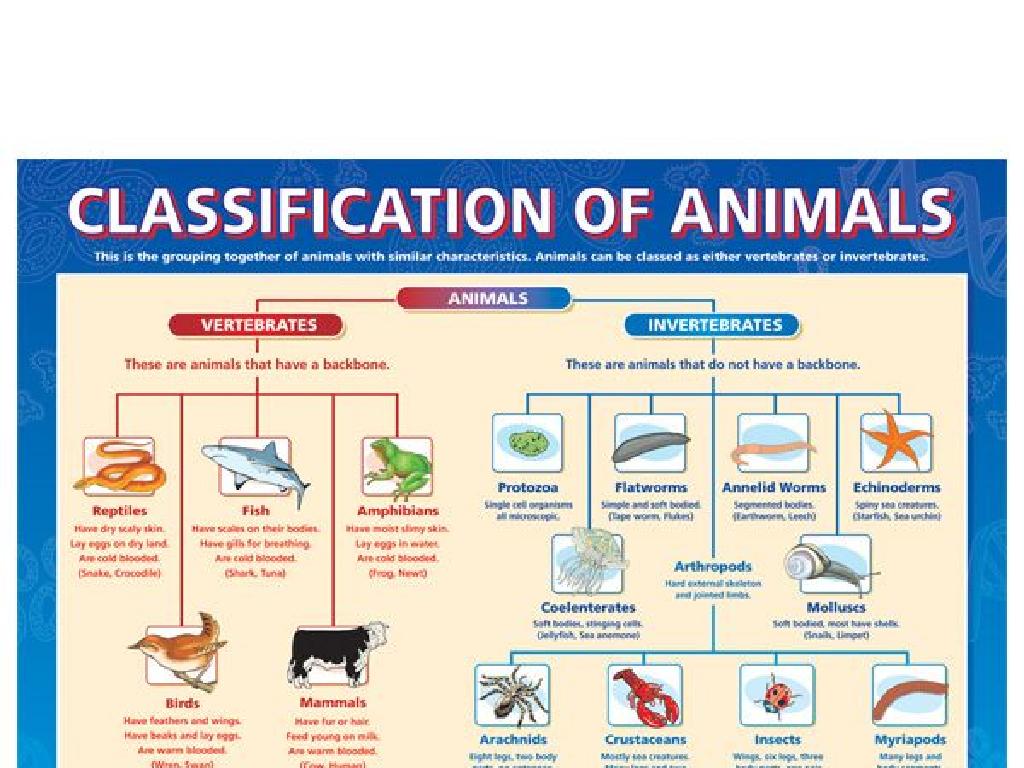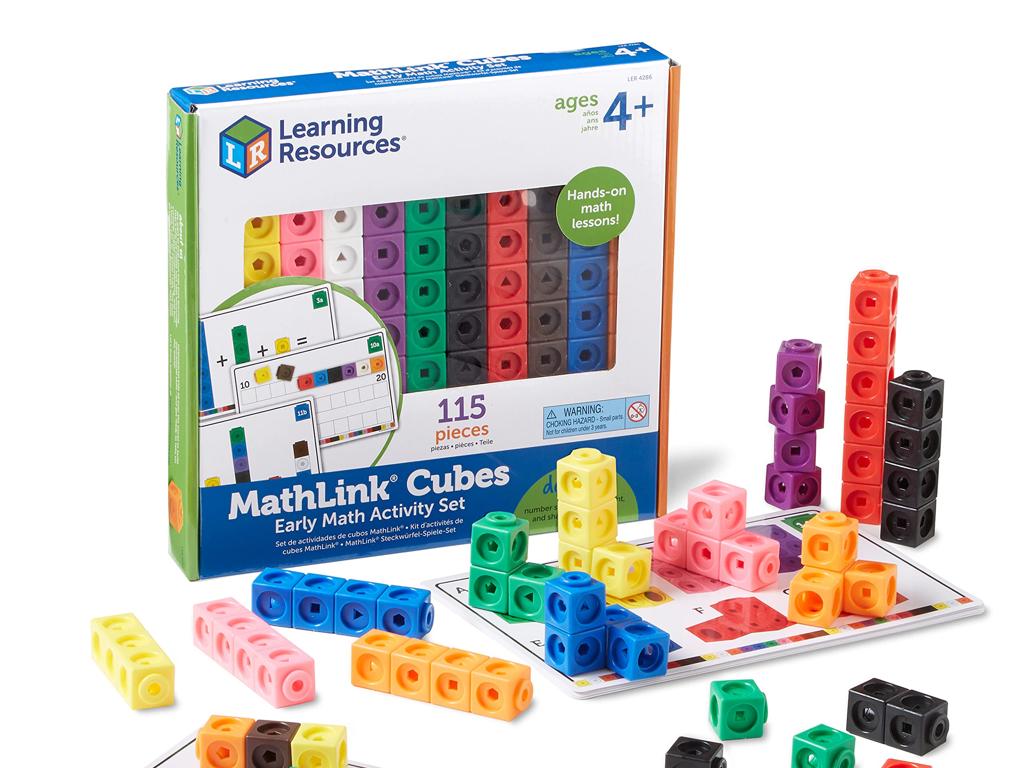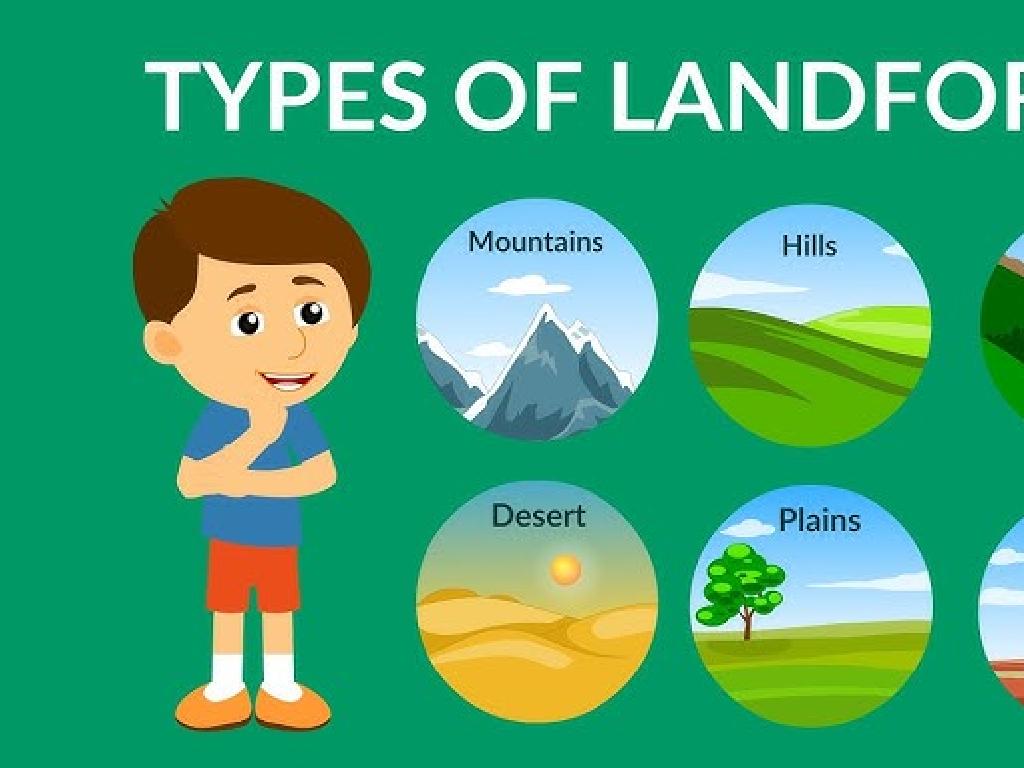Identify Magnets That Attract Or Repel
Subject: Science
Grade: Fourth grade
Topic: Electricity And Magnets
Please LOG IN to download the presentation. Access is available to registered users only.
View More Content
Exploring Magnets: Attraction and Repulsion
– Discover what magnets are
– Learn about magnetic attraction
– Magnets attract certain metals like iron
– Explore magnetic repulsion
– Opposite poles attract, like poles repel
– Conduct magnet experiments
– Use magnets to see attraction and repulsion in action
|
Begin the class by introducing the concept of magnets and their fundamental properties. Explain that magnets are objects that can attract or repel certain materials, such as iron, nickel, and cobalt. Discuss the two types of magnetic forces: attraction and repulsion. Attraction occurs between opposite poles of magnets, while repulsion happens between the same poles. Set up a series of simple experiments where students can use magnets to observe these forces firsthand. For example, they can use bar magnets to find out which objects in the classroom are magnetic, or they can use two magnets to feel the force of attraction and repulsion. Encourage students to predict the outcomes of their experiments before conducting them to engage their critical thinking skills.
What is a Magnet?
– Definition of a magnet
– A magnet is an object that can pull certain metals towards itself
– Magnets attract certain metals
– Like iron, nickel, and cobalt are attracted to magnets
– Magnets have North and South Poles
– The ends of a magnet where the magnetic force is strongest
– Poles determine attraction and repulsion
– Opposite poles attract, like poles repel each other
|
Begin the lesson by explaining what a magnet is and its basic properties. Emphasize that not all metals are attracted to magnets, but specific ones like iron, nickel, and cobalt. Discuss the concept of magnetic poles, ensuring to clarify that every magnet has two poles: North and South. Use examples of magnets sticking to the fridge or clips to a magnetic board to illustrate attraction. Introduce the idea that opposite poles attract while like poles repel, which is a fundamental principle in understanding how magnets work. This will set the foundation for exploring magnetic fields and interactions between magnets in further lessons.
Magnetic Materials: What Are They?
– Exploring magnetic materials
– Metals and magnetism
– Not all metals are magnetic, only some are attracted to magnets.
– Iron, Nickel, Cobalt attract magnets
– These are common magnetic materials that stick to magnets.
– Testing materials with magnets
– Try using a magnet to see which objects in the classroom are magnetic.
|
This slide introduces students to the concept of magnetic materials, emphasizing that not all metals are magnetic. Begin by discussing what magnetism is and then explain that only certain metals, such as iron, nickel, and cobalt, are attracted to magnets. Provide examples of each metal if possible. Encourage students to think about everyday objects that might contain these metals. As an activity, students can use a magnet to test various objects in the classroom to determine if they are magnetic, fostering hands-on learning and reinforcing the concept of magnetic materials.
Magnetic Attraction: What Magnets Can Do
– Magnets attract certain metals
– Magnets attract iron, nickel, and cobalt.
– Experiment with iron filings
– Observe patterns formed by iron filings around a magnet.
– Understanding magnetic fields
– Lines that show the magnetic force around a magnet.
– Magnetic fields are invisible
|
This slide introduces the concept of magnetic attraction to fourth-grade students. Begin by discussing what magnets can attract, focusing on iron, nickel, and cobalt. Set up a class experiment using iron filings to visualize the magnetic field, which will help students see the otherwise invisible magnetic force. Explain that the patterns formed by the filings represent the magnetic field lines. Emphasize that these fields are present around all magnets, even though we cannot see them with our eyes. Encourage students to think about where they might have seen or used magnets in their daily lives and how this invisible force is at work.
Magnetic Repulsion: When Magnets Push Away
– Understanding magnetic repulsion
– Like poles repel each other
– North pole of one magnet will push away the north pole of another
– Conduct a repulsion experiment
– Use two magnets and try to put same poles together to feel them push apart
– Observe the invisible force
|
This slide introduces the concept of magnetic repulsion to fourth-grade students. Begin by explaining that magnets have two poles, north and south, and that like poles repel each other. Set up a class experiment where students can feel the force of repulsion by trying to push the like poles of two magnets together. Emphasize that they won’t touch because the magnets are exerting a force on each other. This invisible force is a key concept in understanding magnetism. Encourage students to observe what happens when they try to bring the same poles of different magnets close to each other and to describe the experience. This hands-on activity will help solidify their understanding of magnetic repulsion.
Magnetic Poles: Attraction and Repulsion
– Every magnet has two poles
– North Pole and South Pole
– Opposite poles attract each other
– North Pole of one magnet pulls South Pole of another
– Like poles repel each other
– North Pole and North Pole will push away
– Earth: A giant magnet
– Earth has magnetic North and South Poles
|
This slide introduces the concept of magnetic poles to the students. Begin by explaining that all magnets have a North and a South Pole. Emphasize that opposite poles attract: the North Pole of one magnet will be drawn to the South Pole of another. Similarly, like poles repel: two North Poles or two South Poles will push each other away. Relate this to the Earth, which acts like a giant magnet with its own North and South Poles. This can be demonstrated with a compass, which uses the Earth’s magnetic field to point North. Encourage students to think about how magnets work in their everyday lives and to bring examples to the next class.
Exploring with Magnets
– Embrace your inner scientist
– Discover classroom magnetic objects
– Use a magnet to test various objects
– Make predictions on magnetism
– Before testing, guess which will stick
– Discuss attraction and repulsion
– Learn why some materials are attracted while others are repelled
|
In this interactive class activity, students will act as scientists exploring the magnetic properties of everyday objects. Provide each student or group with a magnet and a variety of classroom items. Encourage them to hypothesize which objects will be attracted to the magnets and why. After the exploration, discuss the results and the science behind magnetic attraction and repulsion. Possible objects for testing include paper clips, coins, rubber bands, and plastic figures. This activity will help students understand the concept of magnetism through hands-on learning and critical thinking.
Class Activity: Magnetic Scavenger Hunt
– Begin our Magnetic Scavenger Hunt!
– List objects magnets stick to
– Metals like iron, nickel, or cobalt are often magnetic
– Discuss why some objects are magnetic
– Not all metals are magnetic; material composition matters
– Share discoveries with the class
|
This activity is designed to help students explore and understand magnetism through a hands-on approach. Provide each student or group with a magnet and instruct them to carefully move around the classroom to find objects that the magnet attracts. They should create a list of these objects. Encourage them to think about the materials that are being attracted to the magnet and discuss why some objects are magnetic while others are not, focusing on the presence of iron, nickel, or cobalt in magnetic materials. After the hunt, have a discussion session where students share their findings and reflect on the properties of magnetic materials. Possible variations of the activity could include comparing the strength of different magnets, testing objects outside the classroom, or even a magnet ‘fishing’ game where students ‘catch’ paper clips or other small metal objects.
Magnets: Attraction and Repulsion
– Magnets have two poles
– Opposite poles attract each other
– North pole of one magnet attracts south pole of another
– Like poles repel each other
– North pole of one magnet repels north pole of another
– Magnets are useful in daily life
|
Today, we’ve learned that all magnets have two poles, called the north pole and the south pole. We discovered that opposite poles attract each other, which means that the north pole of one magnet will pull towards the south pole of another magnet. Similarly, like poles repel each other, so two north poles or two south poles will push away from each other. We also discussed how magnets are used in everyday life, from sticking notes on refrigerators to being an essential component in electric motors and generators. Encourage students to think of other examples where magnets are used and to experiment with magnets at home to see attraction and repulsion in action.
Homework Challenge: Magnet Detective
– Become a Magnet Detective
– Find 5 magnetic objects at home
– Objects like spoons or coins might be magnetic
– Find 5 non-magnetic objects
– Try paper or plastic items for non-magnetic
– Record and bring your findings
– Use a notebook to list your discoveries
|
This homework activity is designed to reinforce the concept of magnetism through a fun and interactive ‘Magnet Detective’ game. Encourage students to explore their homes for everyday objects and test whether they are attracted to a magnet, thereby classifying them as magnetic or non-magnetic. Remind them to use caution and ask for adult supervision if necessary. Provide examples of common household items that are typically magnetic (e.g., fridge magnets, paperclips) and non-magnetic (e.g., rubber bands, plastic utensils) to give them a starting point. In the next class, have a discussion about their findings, which will help them understand the practical applications of magnetism and foster curiosity about how and why certain materials are magnetic.






